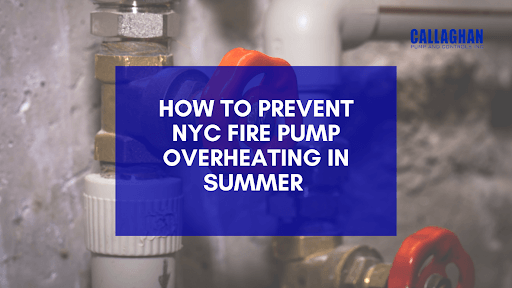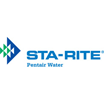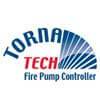
September 29th, 2025
New York City has over 6,000 high-rise buildings, of which 274 are skyscrapers that stand taller than 150 meters (approximately 492 ft). Roughly, the city is home to more than 70% of high-rise structures, making the deployment of NYC fire pump systems a non-negotiable subject.
The entire city depends on fire pumps to deliver life-saving water pressure during an emergency. What if those pumps fail on the hottest day of the year, right when they’re needed most? Just because the apparatus overheats!
Nobody wants that to happen. However, for a reality check, this could happen at any time, especially during the summer. Take the knowledge pill from this blog and learn why these pumps overheat, the risks involved, and the best preventive measures.
Overheating must be recognized and addressed in a timely manner. Excessive heat accumulation in fire pump rooms can jeopardize system reliability and safety.
FDNY inspectors believe that improper cooling and ventilation are one of the top three causes of fire pump malfunctions in older NYC buildings. Unlike standard plumbing pumps, fire pumps must perform flawlessly under intense conditions.
Here are the possible risks:
Fire pumps sometimes exceed their maximum operating temperature due to various reasons, including external factors, mechanical issues, lubrication problems, or hydraulic hitches. Other common reasons are mentioned below:
In NYC, pump rooms are usually in small enclosures or basements. It’s because the structures are spacious as well as vertically huge. Therefore, NYC fire pumps often have limited space for installation. This results in trap heat, which causes motors and bearings to run hotter than they should.
New York City fire pumps may overheat due to high ambient temperature. It becomes even more hazardous if they run longer than usual. This creates more strain and heat buildup.
The third reason a fire pump in New York City could cross thermal limits is due to its poor maintenance. Ignoring the device for longer could cost dollars and even result in casualties. Dust buildup, worn bearings, and clogged strainers reduce pump efficiency.
Lastly, if a plumber or anyone responsible has installed an improper pump size, it could overstress. If you deal with Aurora Fire Pumps, the sizing becomes even more important to consider, as these pumps have high efficiency. A pump working against high back-pressure generates excess friction and heat, leading to premature failure.
Now that you know why New York City fire pumps overheat, you are ready to learn the solutions. To identify the potential cause of device failure, you can easily determine the relevant strategy to mitigate the risk of pump overheating.
Regardless of whether the space is congested or open, it should be ventilated.
Important Note: If your pump room feels hotter than 100°F, your equipment may already be at risk.
Not to mention how important it is to maintain an electric-based or diesel-based device. And the concern becomes even more serious when it comes to fire pumps. For overall safety, your pumps must comply with NFPA 25 and FDNY guidelines.
According to the NYC Fire Code, fire pumps must undergo weekly testing by a certified operator. Additionally, you need to learn about all the essential New York City fire pump testing requirements.
These tests can reveal abnormal vibrations, motor noises, or temperature trends that are rising. In short, they are warning signs of overheating. With regular checks, they can be easily eliminated.
New York’s summers are tough. To make sure every being is entirely safe, these fire pump systems should never be overlooked. This guide should have provided a lot more information about the causes of overheating in safety systems and preventive measures.
For decades, Callaghan Pump has ensured that every building stays safe and compliant. We supply the best quality, modern, and advanced-built fire pumps across New York City. Partner with our team and get fully prepared for peak summer loads.
john@callaghanpump.com,
eileen@callaghanpump.com,
dan@callaghanpump.com,
sales@callaghanpump.com,
service@callaghanpump.com












